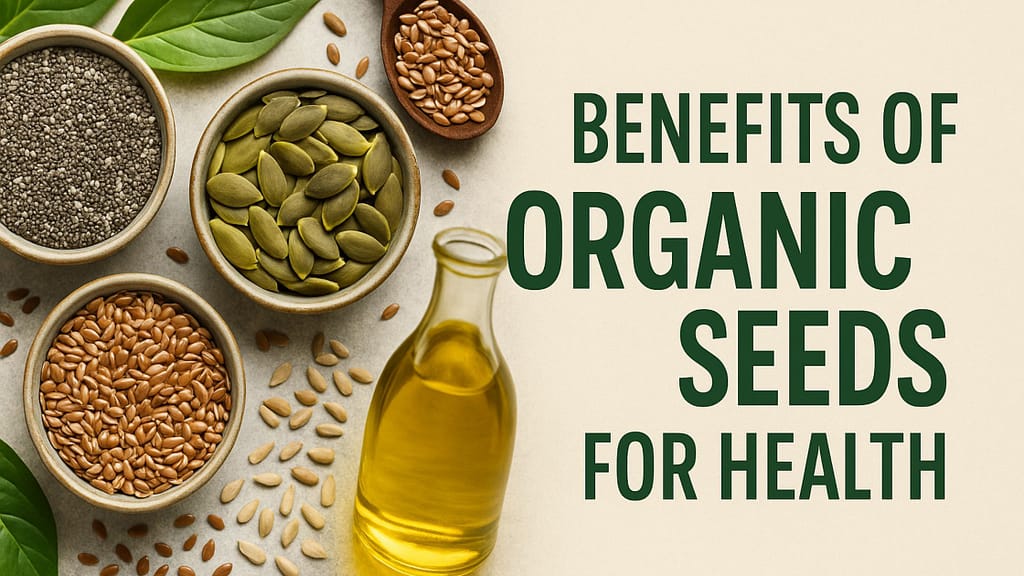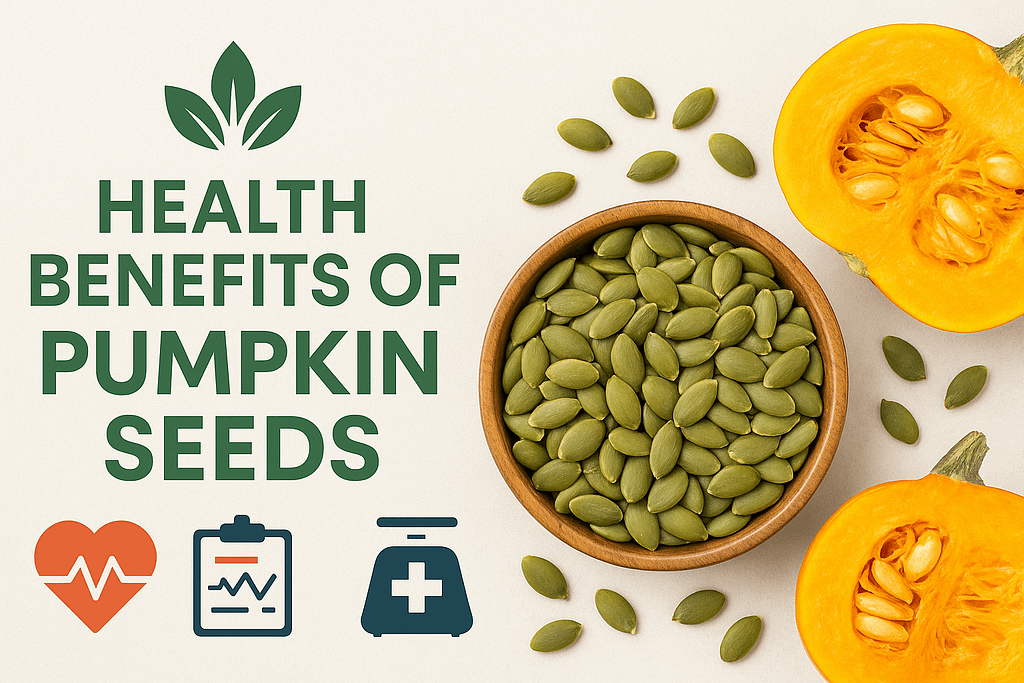You have stumbled upon the right place in the event that you are looking after high omega-3 seeds India has to sell. In general, regardless of whether you are a vegetarian, vegan, or just trying to increase your intake of omega-3 without fish, plant-based seeds can be a great way to provide it and contain alpha-linolenic acid (ALA)- which is one of the essential fatty acids that your body cannot synthesize.
We will deconstruct some of the most popular seeds in this overall comparison: chia, flax, perilla and hemp. You will find their omega-3 level, health advantages, their presence and prices in India, use, and which one fits well in your particular needs.
At the end, you will be in a good position to know which seed, or mixture, should be included in your kitchen.
Understanding the Four Seeds
And, unplunging into comparisons, it will be well to begin with a quick introduction of each of the nominees in the race of the best high omega-3 seeds:
Chia seeds are native to Central and South America but currently found in the markets of chia seeds India. They are well known to be gelled when wet and contain huge amounts of nutrition in small packages.
Flax Seeds: One of the oldest crops that were being used in India is the Flax Seeds or linseed as it is also referred to. They are easily found and are usually cheaper as compared to other omega-3 seeds.
Perilla Seeds are created by plants that are cultivated in the Northeast Indian areas and Himalayan placements. Perilla seeds, suppliers of which in India succeed in being less well-known than chia or flax, are primarily niche organic brands yet they contain excellent levels of omega-3.
Hemp Seeds: Industrial Cannabis sativa (non-psychoactive versions) Hemp Seeds are a good source of balanced nutrition containing decent protein and healthy fats. According to their legal status they have to purchase in certified sources in India.
Nutritional Showdown: Omega-3 Content Comparison
Here’s where things get interesting. When comparing these high omega-3 seeds India offers, the numbers tell an important story:
| Seed | ALA Content (% of oil) | Omega-6:Omega-3 Ratio | Key Nutrients |
|---|---|---|---|
| Chia | 58-60% | Very favorable | Fiber, calcium, antioxidants |
| Flax | 53-59% | Very favorable | Lignans, fiber |
| Perilla | 54-64% | Very favorable | Strong antioxidants |
| Hemp | 19-20% | Less favorable | Protein, minerals |
Actionable Point: Perilla, chia, and flax have the highest concentration of omega-3, whereas hemp seeds nutrition has better results in terms of complete protein and more balanced fats.
The ratio between omega-6 and omega-3 is important. Chia, flax, and perilla contain good ratios that contribute to anti-inflammatory and hemp has more omega-6 which can counterbalance some of the benefits when taken in large amounts.
The amount of flaxseed oil that supplies most adults with recommended amounts of ALA – is 1 ounce (approximately 28 grams) which supplies 6,388 mg a day.
Health Benefits: What Each Seed Offers
The four seeds all offer plant-based versions of omega-3 and have similar advantages, however, small differences in each make certain ones more appropriate to particular purposes.
Cardiovascular and Anti-Inflammatory Support
The extent of ALA in chia, flax and perilla is known to reduce inflammation, decrease triglycerides and enhance the blood vessel activity. Studies indicate that perilla oil has the ability to raise the levels of blood ALA and EPA as an alternative to other cooking oils.
Brain and Cognitive Function
Although plant based ALA is also converted into EPA and DHA at rather low rates (5-10 percent), a regular intake of these omega-3 rich seeds aids in sustaining baseline omega-3 levels that aid in keeping neurons healthy.
Digestive Health
Chia and flax perform well in this category by containing large amounts of fiber, including both soluble and insoluble which nourishes the good gut bacteria and maintains the normal bowel movement.
Antioxidant Protection
Perilla is unique in terms of antioxidant power owing to phenols and tocopherols. Chia is also important in antioxidant effects.
Availability and Cost in India
Knowledge of where to purchase omega-3 seeds India, and at what price, will be useful in the real-world decision making:
Chia seeds India: Health food stores, supermarkets and other online stores stock it in abundance. Price: ₹ 300-600 per 250g (brand and quality).
Flax seeds: Flax seeds: Badly accessible and cheap, usually retailed as linseed. Price range: ₹100-300 per 250g.
Perilla seeds India: Niche availability primarily through organic stores and Northeast India suppliers. Premium pricing due to limited cultivation and distribution.
Hemp seeds: This is offered in certified organic stores where they are sold at a higher price based on regulatory reasons and scarcity of supply.
In determining cost, it is important to consider the actual omega-3 content price per gram of the seed as opposed to seed cost. Lower-cost seeds containing lower ALA concentration are at times more expensive to use.
How to Use These Seeds Effectively
To have the best out of your purchase of high omega-3 seeds India, it is necessary to prepare and store them appropriately:
Preparation Methods
Chia seeds: Chia seeds are versatile and can be used as a liquid (to make a chia puddle) or blended into a smoothie or sprinkled on top of yogurt and oatmeal.
Flax seeds: It is better ground in order to be digested and absorb nutrients better. Freshly grind in a coffee grinder or purchased in good sources.
Perilla seeds: They can be consumed whole, milled or drizzled with perilla oil on top of salads (do not cook with perilla oil at all, it destroys omega-3s).
Hemp seeds: Raw and served on top of food or put into a blender. Their nutty taste is suitable in both the sweet dish and the savory item.
Indian Recipe Integration
These are multifaceted seeds that suit the Indian cuisine well:
- Blend ground flax in the chaos of paratha or chapati.
- Add chia in lassi or smoothies.
- Add to chutneys or raita.
- Prepare the traditional laddoos using ground seeds.
- Pour over dal or vegetable preparation.
Storage for Maximum Freshness
The omega-3 fats are labile and are destroyed by light, heat, and oxygen. Keep in non-transparent containers with no air in cool locations – refrigeration is best after opening. Grind fresh since it is preferable to having ground versions.
Which Seed Is Best for Your Goals?
The following is a practical decision guide that may be used to select between these top omega-3 vegan seeds:
Maximum omega-3 per gram: The best sources of ALA are perilla, chia and flax.
Low cost option: Flax is the most affordable and it is highly available throughout India.
Whole body nutrition: Hemp contains equalized fats and protein, which is perfect in the sportsperson or someone who is adding more protein.
Easy to use: Chia is the tastelessest and simplest to add to different foods.
Antioxidant effect enhancement: Perilla provides other phytonutrients other than omega-3s.
It seems that seed combination is the way to go, e.g., 50/30/20 of flax, chia, and hemp is a mixture that gives a wide range of nutritional value and flavor options.
Safety Considerations and Side Effects
Although all these flax seed benefits, other omega-3 seeds are usually safe, but:
Allergic reactions: Some individuals are likely to be allergic to seed proteins, although this is rare.
Medication interactions: Omega-3 has high levels that can have an impact on blood clotting. Use anticoagulants only if you are advised to do so by the doctor.
Overconsumption: 1 tablespoon a day and progressively. Excessive fiber intake in a short time will lead to intestinal pains.
Quality issues: Purchase high-quality sources to prevent the presence of pesticide residues, heavy metals or adulteration.
Rancidity risks: It is worse to consume rancid seeds rather than consuming none. Never use old seeds – new seeds are aromatic and sweet.
Buying Tips for Quality Seeds
Shopping in high omega-3 seeds India retailers sell:
- Search organic certification and third party testing.
- Select dark or opaque packaging that will conserve light.
- Check out dates and buy less to consume it.
- Check source and processing processes.
- Comparing prices per gram of omega-3, rather than per kilogram of seeds.
- In the case of hemp, sellers are to be certified legally.
FAQs
Which seed has the highest omega-3 content?
Perilla generally has 54-64% ALA in its oil, close behind it is chia (58-60%) and flax (53-59%). Each of them are great options of omega-3.
Do I need to grind or soak these seeds?
Yes – flax must be ground always. Chia is better when moistened to create gel. Perilla may be used whole or ground, but it is more absorbent when ground.
How much should I eat daily?
Begin with 1-2 tab. (10-20g) of seeds a day. This gives you great ALA and gives your digestive system a room to adapt to higher levels of fiber.
Can these replace fish oil?
They give ALA, and the conversion of it to EPA and DHA in humans is lower (5-10%). To achieve the best status of omega-3, it is best to include a combination of plant sources with an occasional intake of marine sources or omega-3 supplements.
Are perilla seeds available everywhere in India?
Not widespread – they are found in the Northeast and the Himalayas. There are numerous regions where one has to place an order with specialty online retailers or organic shops.
The Bottom Line
Comparing the high omega-3 seeds India has to offer, there is no one specific best option, as it is all a matter of priorities:
To obtain pure omega-3 concentration and antioxidants, perilla or chia take the first place. Flax is incomparable to everyday affordability and accessibility. Hemp has special benefits in terms of a balanced diet consisting of protein.
The smartest approach? Make your blend between the merits of each seed. Combining 50 per cent of the flax, 30 percent of the chia, and 20 percent of the hemp or perilla will provide you with a variety of nutrients, flavors and textures and maximise on the intake of omega-3.
Begin with little, and take good care, keep up a store, and build up little by little. And your heart, your brain and your health will thank you when you start consuming these plant-based omega-3 sources as a staple in your diet.



